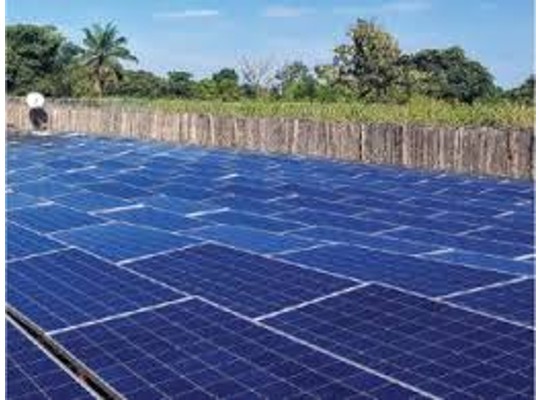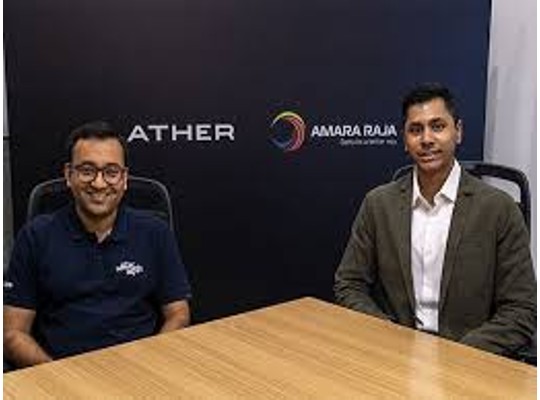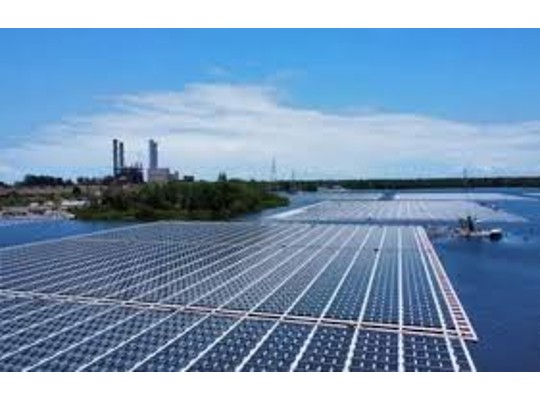The Minister of State of Power, Shripad Naik shared information on the Pradhan Mantri Sahaj Bijli Har Ghar Yojana (SAUBHAGYA) and the Revamped Distribution Sector Scheme (RDSS) in a written reply to the Lok Sabha. Launched in October 2017, the SAUBHAGYA scheme aims to achieve universal household electrification in India. It provides electricity connections to all willing un-electrified households in rural areas and all willing poor households in urban areas. Under SAUBHAGYA, 28.6 million households received electricity connections. Highest number of households electrified under this scheme were in Uttar Pradesh, Bihar, Odisha and Rajasthan. Uttar Pradesh electrified 9,180,571 households followed by Bihar at 3,259,041 households.
The scheme was affected by various challenges including scattered households in inaccessible and remote areas, difficult terrain, bad weather areas affected by extremists, poor or inadequate power infrastructure, forest areas requiring clearances and non-availability of materials (like poles, distribution transformers, meters) locally.
To address the electrification of households left out under SAUBHAGYA, the Indian government supports states through the ongoing RDSS. Particularly Vulnerable Tribal Groups (PVTG) households are eligible for funding under RDSS for on-grid electricity connections through the Pradhan Mantri Janjati Adivasi Nyaya Maha Abhiyan (PM-JANMAN). Under RDSS, Rajasthan has electrified 62,160 households, the highest number.













